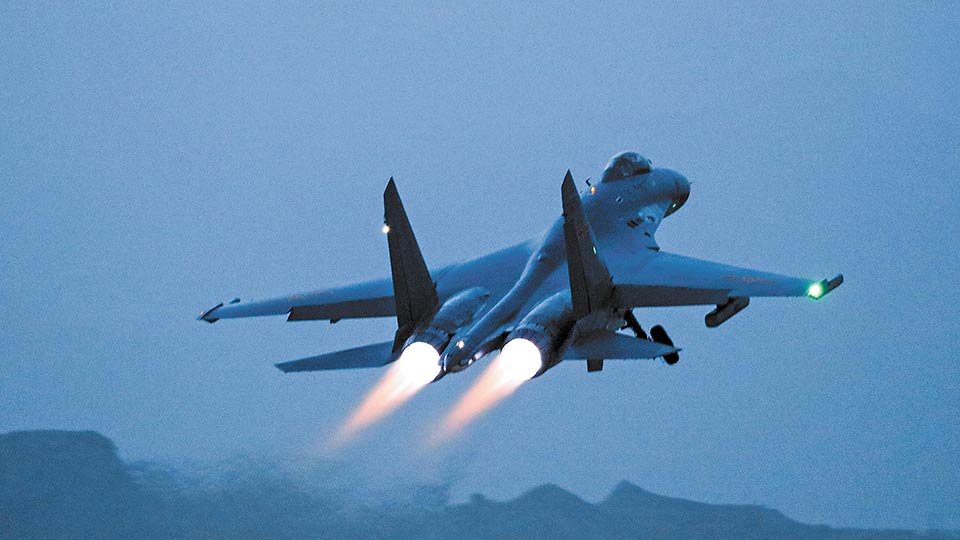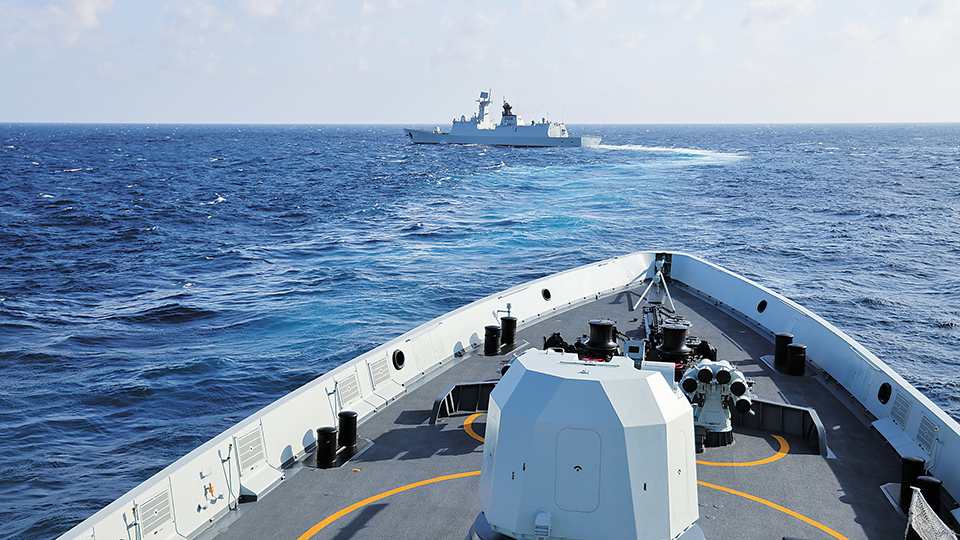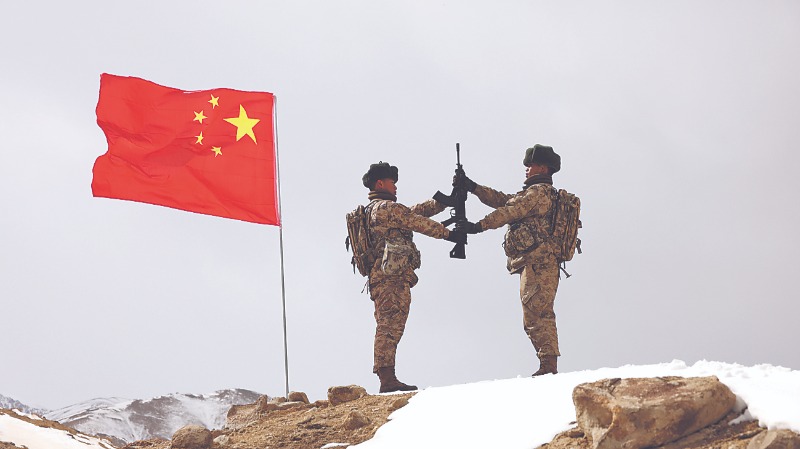By Ji Cheng
According to an AP report, Australian Prime Minister Scott Morrison recently announced that the Australian government plans to invest A$1 billion to develop guided missiles with the US, to boost Australia’s national defense capacity while increasing job opportunities in the defense technology sector.
Australia stressing a “sovereign guided weapons manufacturing capability”
Morrison stressed that it is crucial for Australia to create a “sovereign guided weapons manufacturing capability”, citing the changing global environment. The Australian Department of Defense will choose an “experienced strategic industry partner” which will be contracted to operate a joint venture for missile manufacturing in a bid to accelerate the implementation of Australia’s missile development plan. Australia made the creation of a “sovereign guided weapons manufacturing capability” a priority on the agenda of its national defense sector mainly for the three reasons as follows:
First, Australia intends to mend its weak link in domestically developed guided missiles. According to the US media, Australia hasn’t produced advanced missiles by itself for decades but depends on imported missiles to meet the needs of national defense. TheAustralian Strategic Policy Institute (ASPI) estimated that if Australia continues relying on imports, it will spend at least A$100 billion purchasing missiles and other guided weapons in the next 20 years. If Australia partners with others to produce missiles on its own land, it is expected to fill in its strategic blank of missile manufacturing.
Second, Australia hopes this move will improve its defense supply chain and boost the employment of military enterprises. From Australia's perspective, the COVID-19 pandemic exposed the fragility of the global supply chain, and it is imperative to enhance the sovereign guided weapons manufacturing capability, so that Australia will be able to ensure weapon and equipment support for its military operations if the global supply chain is suspended. The move is also expected to boost employment in the military industry. Australian Minister for Defense Industry Melissa Price said that producing domestic missiles will create about 2,000 jobs in Australia.
Third, Australia hopes this move wouldboost the exporting of military products and reshape the international competitiveness of its defense products. In 2018, the Australian government released a new defense products export strategy and announced the plan to invest A$200 billion within ten years to support the development of its defense industry, in a bid to make the military sector a pillar industry with international competitiveness by 2028. Australia intends to become one of the world’s top 10 weapon exporters by developing domestic guided missiles.
The real intension of Australia-US collaboration in joint missile development
In recent years, the Australia-US military alliance has been increasingly consolidated, long been the cornerstone of Australia’s defense policy. According to some media outlets, the underlying reason that Australia partners with the US to produce guided missiles lies in its Asia-Pacific strategy.
Australia’s 2020 Defense Strategic Update states that the Asia-Pacific region is a priority in its future defense strategy, and it plans to spend A$270 billion over the next ten years addressing military conflicts that may emerge in the region and collaborate with other countries to develop offensive military equipment, with the focus of its defense policy shifting from homeland defense to offensive expansion in the Asia-Pacific region. The move to partner with the US in developing missiles is an important measure Australia took to strengthen its defense capability, as well as a continuity of the previous maneuvers to strengthen its military and strategic presence in the Asia-Pacific region.
For Washington, the unique geographical advantage of Australia and their defense alliance make Australia an indispensable“chess piece” in implementing its Indo-Pacific strategy and strengthening its military deployment in the region.
However, Australia’s economy was seriously weakened in 2020, making it short of funds to support the development of advanced weapons. Also, considering Australia’s immature technical ability, there is a high possibility that Australia will be unilaterally reliant on the US in their defense cooperation. That Australia follows the pace of Washington’s military strategy to adjust and expand its armament under the pretext of regional tensions will not only weaken the independence of its security policy but also threaten overall regional strategic stability.

















